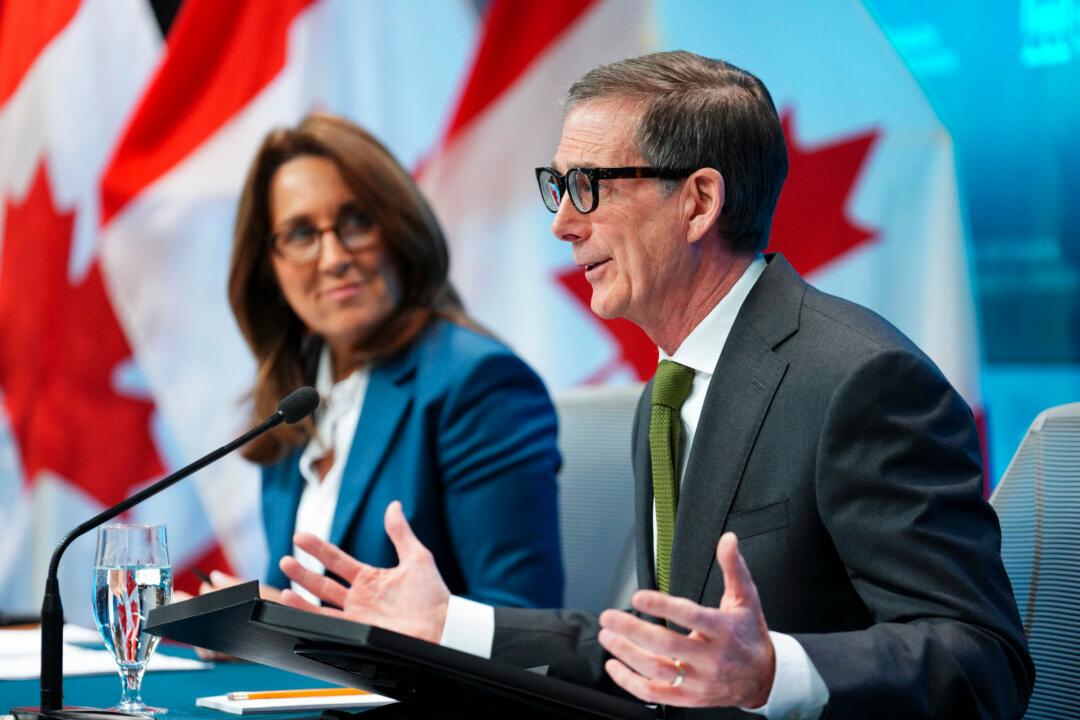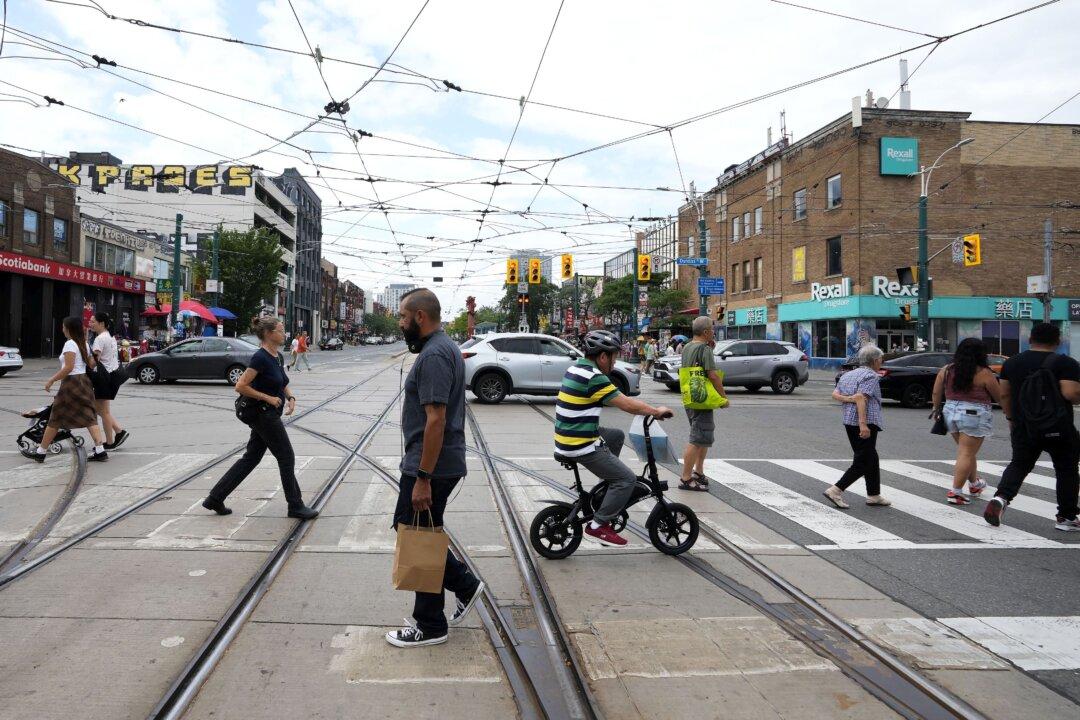Home ownership in Canada fell for the first time in over 45 years, according to a Point2Homes study released this week. It had reached a record high of 69 percent in 2011, but as of 2016, it fell to 67.8 percent.
Using 2016 Statistics Canada census data, the study showed that the drop in home ownership was broad-based, declining in 88 of Canada’s 100 largest cities.





